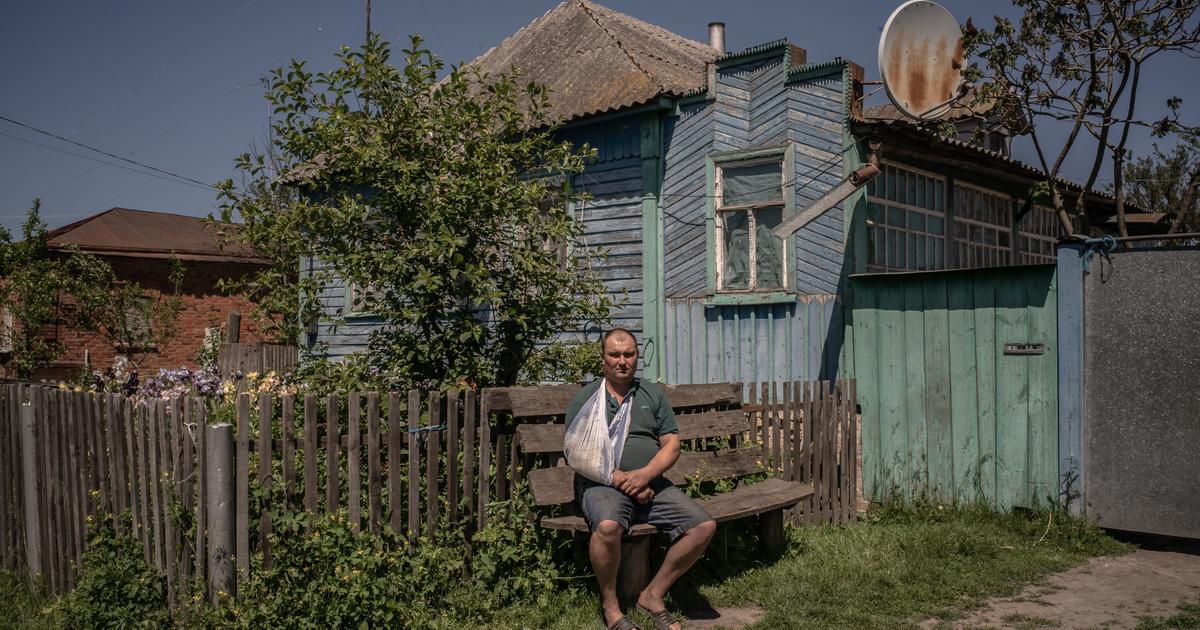The recent turbulence in the Sumy region of northern Ukraine starkly illustrates the current escalation in the Ukraine war. On Monday, April 29, the Yourchenko family's patriarch, Oleksii, lost his life due to a mine planted by Russian saboteurs. His son Petro was subsequently injured while trying to aid him. Following these incidents, Ukrainian soldiers, sensing a larger threat, initiated shelling on both sides of the border. Unfortunately, the violence didn't stop there; later that day, Oleksii's brother, Aleksander, was injured by a kamikaze drone explosion while on duty at a checkpoint, and a shell hit their mother's house, fortunately not causing any casualties.
Russian attacks on Ukrainian civilian and military targets continue unabated, posing significant threats to surrounding nations. Poland, an immediate neighbor, has ramped up its defensive measures, and fighter jets have been mobilized in response to intensified air activity by Russian forces. This heightened state of alert reflects Poland's ongoing vigilance against potential threats from the East, especially after detecting long-range missiles and UAVs directed at Ukrainian territories.
The broader geopolitical ramifications are alarming. Polish air defenses were particularly active on the night of June 1, when they launched countermeasures in response to detected Russian air and missile activities. The operations underscored the precarious security situation, as the threat of attacks from various missile types looms large. The Polish military maintains a constant state of readiness and has resumed normal operations, but there's a clear message of continuous surveillance and preparedness.
The potential for Russia to extend its aggression beyond Ukraine into neighboring territories like Poland has also raised concern. Warsaw’s self-defense strategies and its support for Ukraine are partially driven by this fear. Analysts and simulations suggest that Poland's resistance to a possible Russian incursion could be short-lived. This situation compels NATO and its allies to keep a close watch on developments and provide necessary support to deter any possible escalation.
Despite modern air defense systems and international support, the destructive impact of Russian bombings is profound. Civilian areas are frequently targeted, causing significant damage and suffering. The unfolding situation demands not just immediate military responses but also long-term strategic planning to ensure regional stability and safety from further aggression by Moscow.
- Poland's proactive measures, including summoning the Russian ambassador, highlight the severity of the threat perceived by Warsaw. The country's armed forces emphasize their constant surveillance and readiness to protect Polish airspace from any potential violations.
- The involvement of other NATO countries, potentially providing Western weapons to Ukraine, signifies a coordinated effort to counteract Russian advances. The mention of cruise missiles, Shahed UAVs, and ballistic missiles marks the complexity and multi-faceted nature of the threats faced by Ukraine and its neighboring allies.
- The death toll and casualties resulting from the continuous conflict are staggering. Over half a million men and women have either been killed or wounded, underscoring the war's brutal toll on human life. This level of loss, while providing a grim picture of the current situation, also highlights the resilience and determination of those defending their territories.






